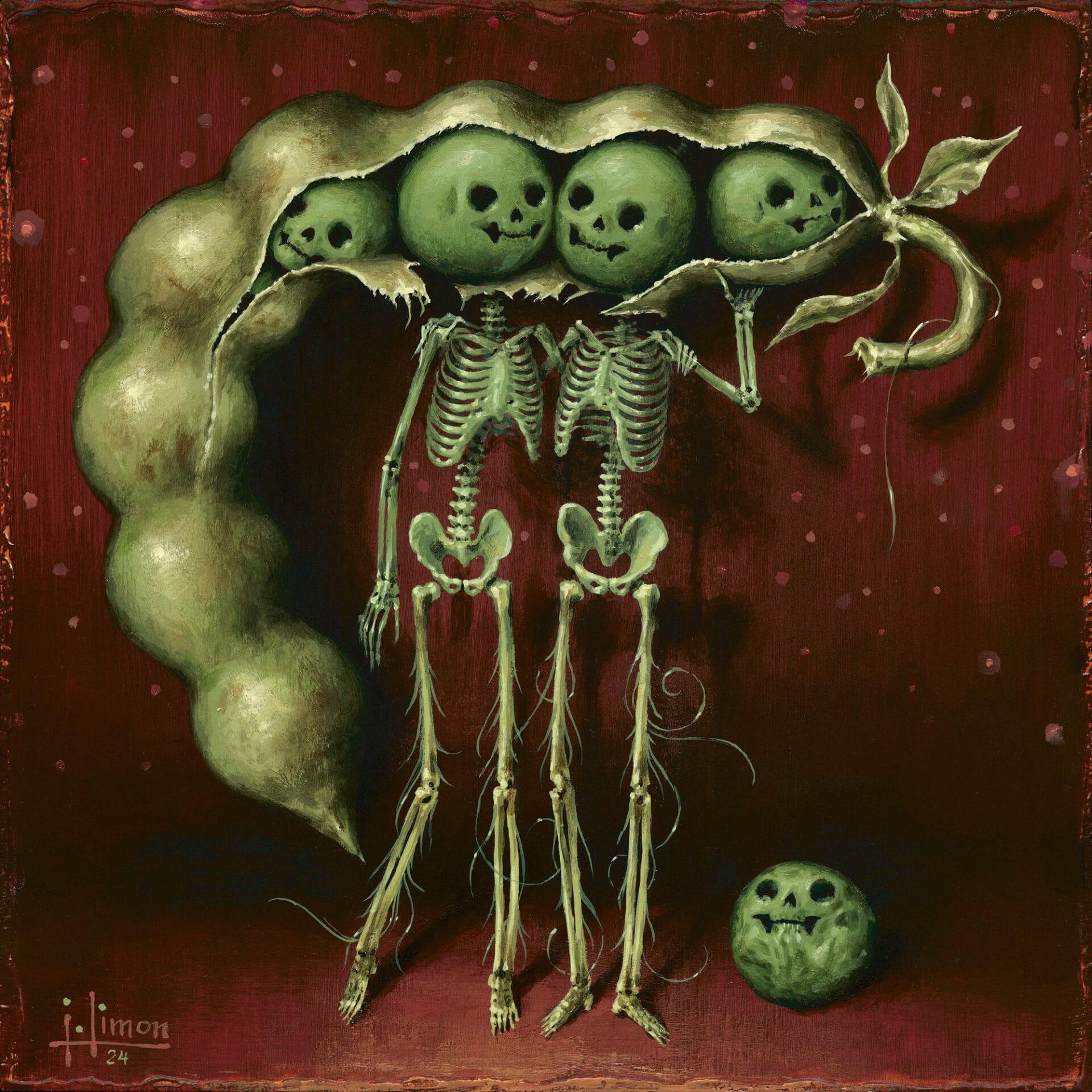
Rice harvests produce straw, a natural byproduct of the dried grain. Traditionally, the material could be used for a wide variety of objects from tatami mats to food wrappers to carrier bags. Many of those products are now made using synthetic materials, and rice straw is more often used for ceremonial or sacred decorations like Shinto shimenawa festoons, which are installed around the New Year and can range from a few centimeters to several meters long.
For Tokyo-based artist ARKO, rice straw finds a contemporary application in elegant wall hangings. “I started thinking that it should be something new, apart from the old traditions, given that there must be a reason why straw vanished from our life,” she says.

Interested in the organic nature of the medium, ARKO embraces how environmental changes can influence the look of the work as a reminder that the fiber originated from the ground. Sometimes moisture in the air makes the pieces feel heavy or the straw will emit a scent. Most of the time she maintains the natural color of the thin stalks, occasionally dying layers black or using contrasting string to hold the composition together.
“In modern times, straw has been replaced by artificial materials and is manufactured with the premise of environmental pollution. (It) is mass-produced and discarded in large quantities,” ARKO says. Although she doesn’t prescribe a ritual meaning to the work, the sculptures evoke “the laws of nature and the great power of life that are often overlooked in modern society where economy takes priority.”
ARKO is represented by Somewhere Tokyo, and you can find more work on her website and Instagram.




Do stories and artists like this matter to you? Become a Colossal Member today and support independent arts publishing for as little as $7 per month. The article Rice Straw Sculptures by ARKO Contemporize a Traditional Japanese Material appeared first on Colossal.



